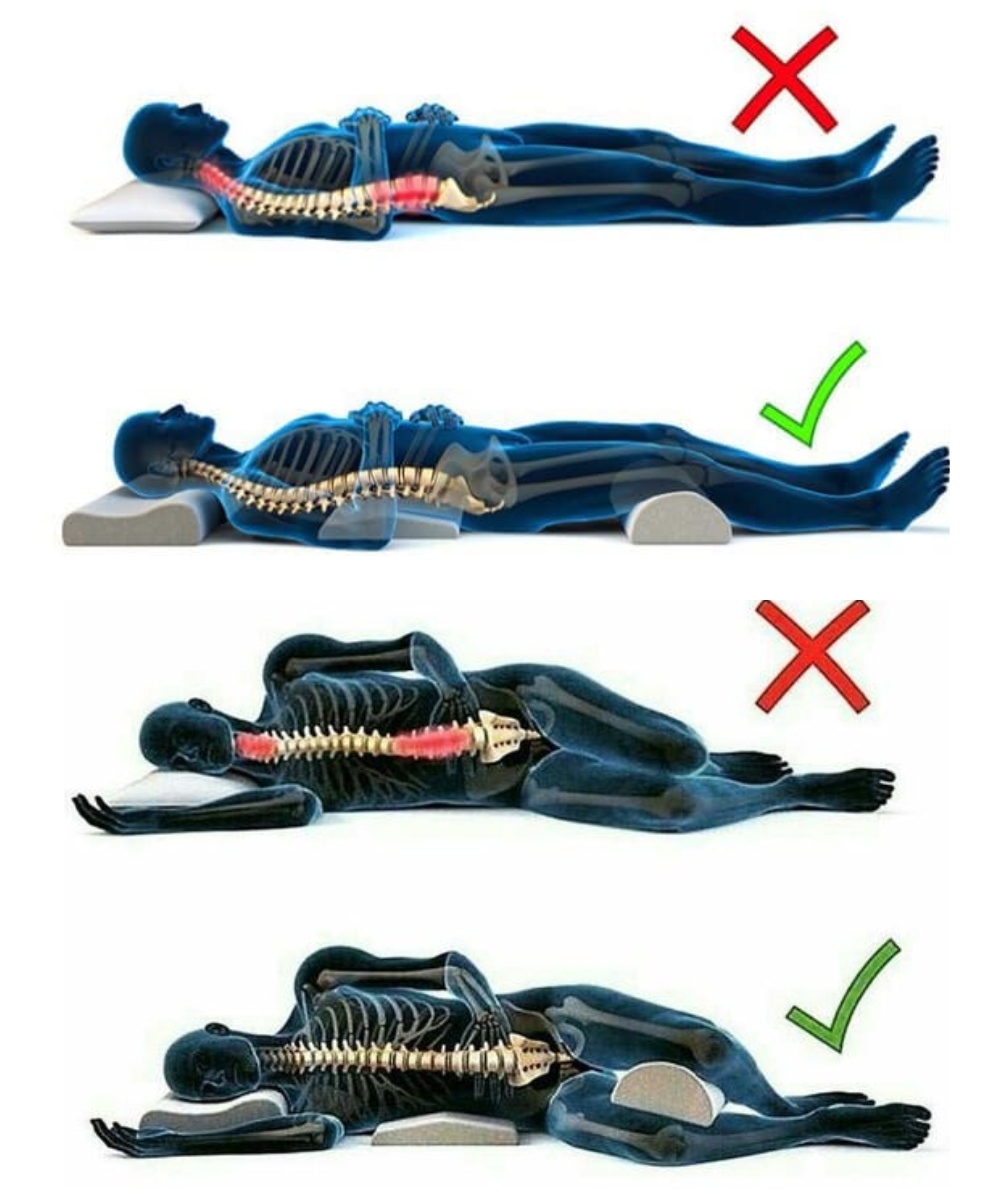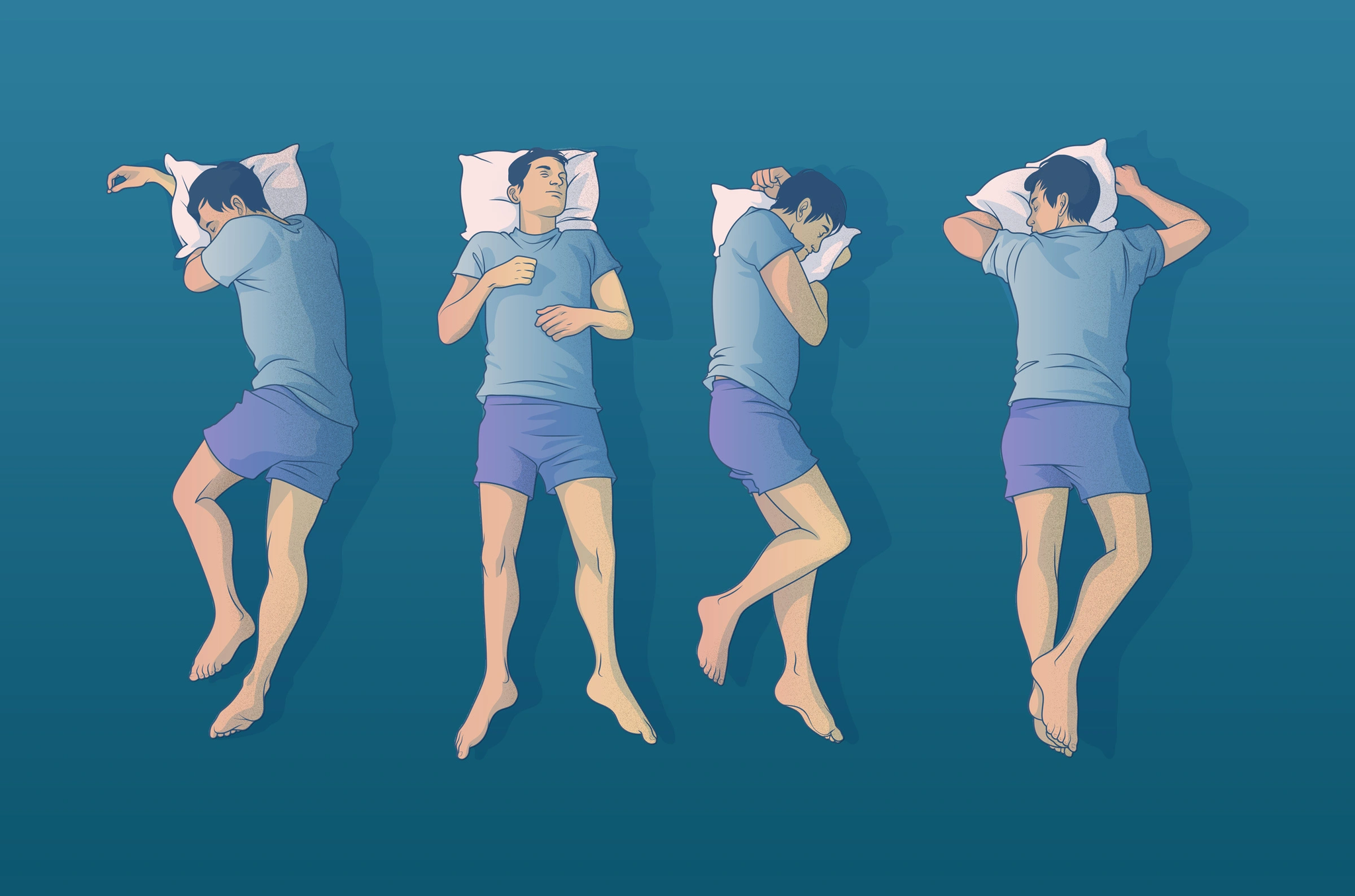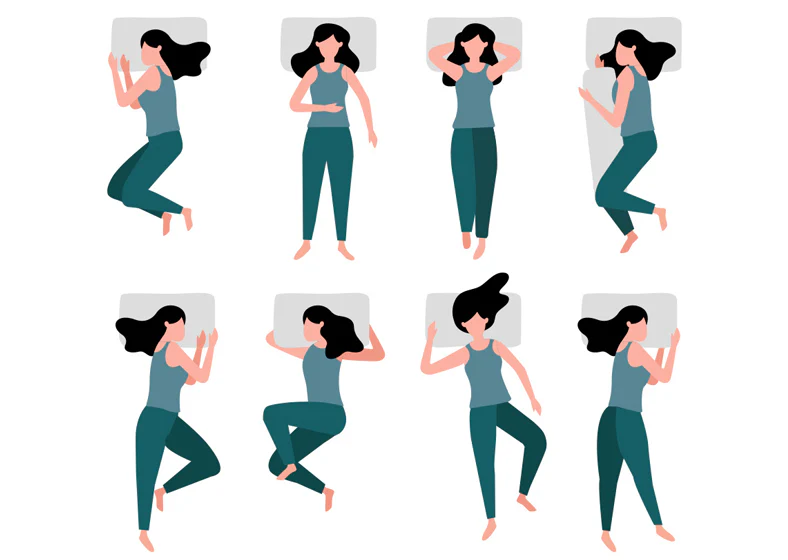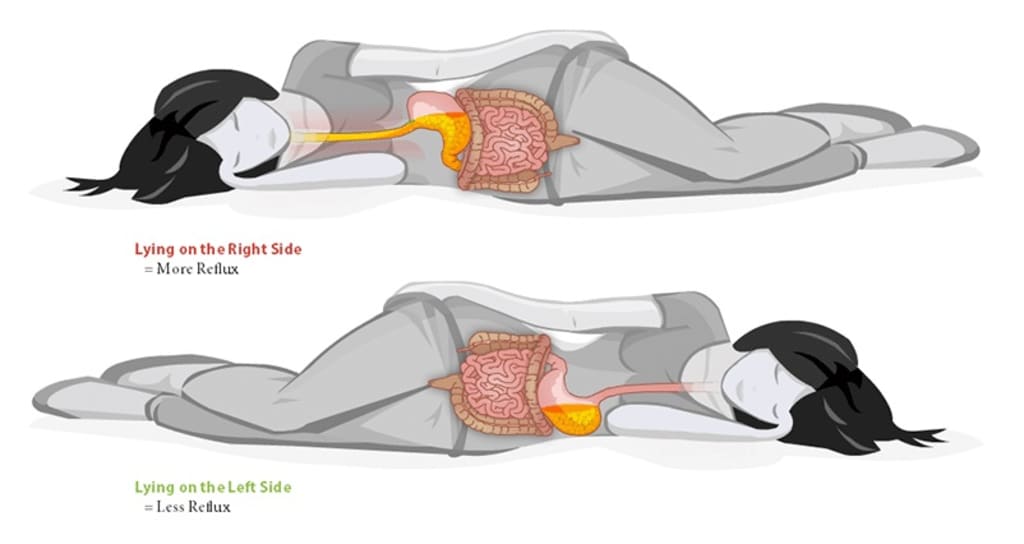
When we think about building healthy habits, we often focus on food choices, staying active, and managing stress. But there’s another subtle factor that influences your health night after night: the way you sleep.
Your sleeping position might seem insignificant, but it has a surprisingly big impact on spinal alignment, breathing, digestion, and overall well-being.
Let’s explore why sleep posture matters and how small changes can lead to major improvements in your rest—and health.
Why Sleeping Position Deserves More Attention Than You Think
We spend roughly one-third of our lives in bed, usually in the same or similar position each night. That’s thousands of hours with your body in a static posture. Over time, poor sleep alignment can contribute to persistent problems like nerve compression, reduced circulation, and chronic pain.
Even if you sleep a full eight hours, the wrong posture can interfere with the quality of your rest—leaving you feeling groggy, stiff, and sore when you wake up.

Sleeping Positions That Might Be Hurting You
1. Stomach Sleeping
Though it may feel comfortable at first, lying face-down is one of the most harmful ways to sleep. Here’s why it’s problematic:
- Your neck twists awkwardly to the side
- Your spine flattens unnaturally
- Pressure builds in your lower back
This position is known to cause neck strain, spinal issues, and tension headaches. If you wake up feeling sore, your habit of stomach sleeping could be the reason.
2. Arms Overhead
Sleeping with your arms above your head—or under the pillow—can restrict circulation and compress nerves. That tingling or numbness in your hands or arms is a warning sign.
Consistently sleeping this way may also cause strain in the shoulders and lead to long-term nerve discomfort.
3. Curled-Up Fetal Position
Side sleeping is often recommended—but curling tightly into a ball can do more harm than good. If your knees are pulled toward your chest and your chin is tucked, it can compress your spine and lungs.
This posture can:
- Restrict deep breathing
- Add tension to your back and neck
- Decrease mobility over time
A better option? A gentle side-lying position with knees slightly bent.

Why Left Side Sleeping Comes Out on Top
Sleep experts agree: the left side is the healthiest position for most people. Here’s what makes it so beneficial:
- Aids digestion: Gravity assists the stomach and pancreas, especially overnight
- Boosts circulation: Particularly beneficial for pregnant people or those with high blood pressure
- Reduces acid reflux: Keeps stomach contents from backing up into the esophagus
- Eases pressure on the spine: Naturally aligns the back
- Improves breathing: Opens airways for better oxygen intake, which helps those with snoring or sleep apnea
If this isn’t your go-to position, try easing into it with a body pillow for extra support.
Easy Adjustments to Improve Your Sleep Posture
You don’t need to overhaul your entire sleep routine to start feeling the benefits. Small tweaks can make a big difference:
- Choose the right pillow: Your head should rest in line with your spine—not tilted up or down
- Support your hips: Place a pillow between your knees if you sleep on your side to reduce hip and back strain
- Reconsider your mattress: A too-soft or too-firm bed might be disrupting your alignment. Aim for medium-firm support
- Limit screen use before bed: Blue light suppresses melatonin, affecting your sleep-wake cycle
- Create a restful environment: A dark, quiet, and cool room sets the stage for deeper, more restorative sleep
Final Thoughts: How Small Changes Lead to Big Gains
Your preferred sleeping position may feel like second nature—but it’s also a powerful way to support your body. Good posture during sleep can reduce pain, support digestion, and promote better breathing.
Tonight, take a moment before settling in. Ask yourself: Is my body aligned? Are my joints supported? Would a slight adjustment help me feel better in the morning?
Quality sleep isn’t just about how many hours you get—it’s about how well your body is cared for during those hours.
